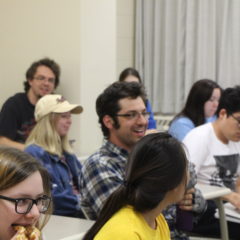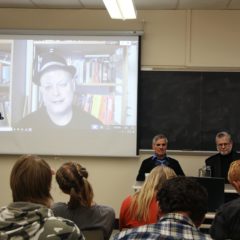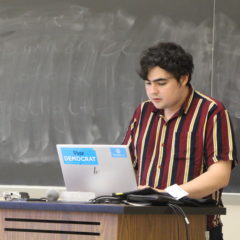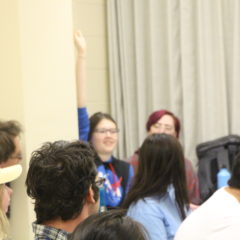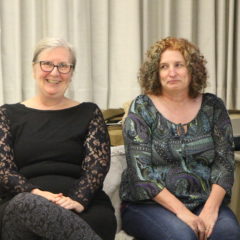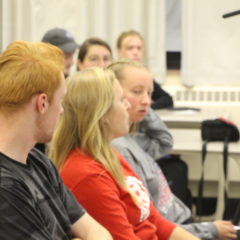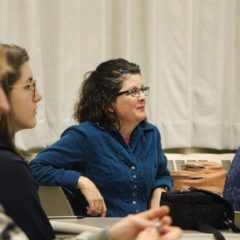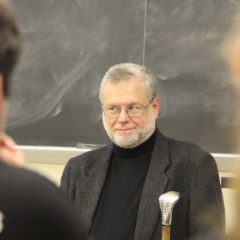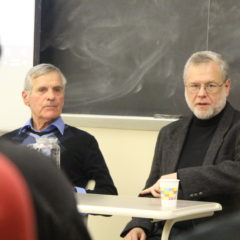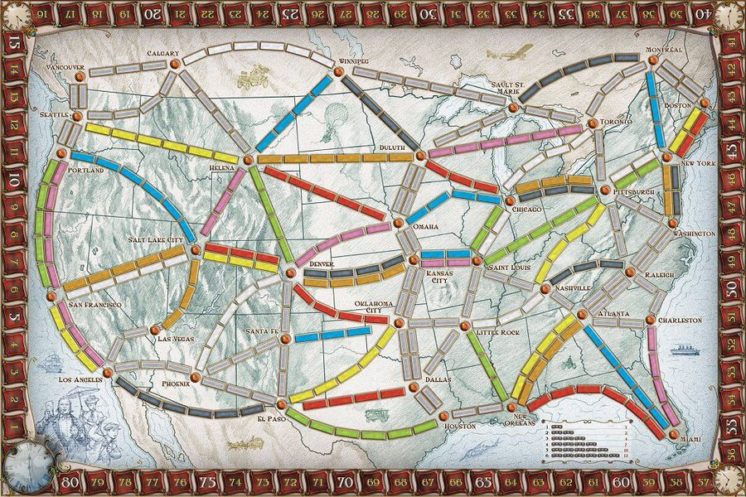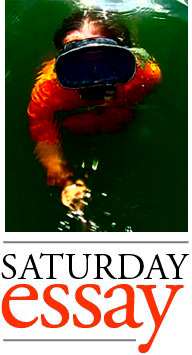 I have moved a lot of times. Like, a witness-protection number of times. By the end of my freshman year of high school I had moved across the country eight times — twice in that one school year alone. I whipsawed between various small communities in Maine and Alaska, spending the preponderance of my time in Alaska.
I have moved a lot of times. Like, a witness-protection number of times. By the end of my freshman year of high school I had moved across the country eight times — twice in that one school year alone. I whipsawed between various small communities in Maine and Alaska, spending the preponderance of my time in Alaska.
But 1988, my sophomore year, was a real cake-taker. I lived in three different cities, and attended two separate high schools in two states. I moved from Juneau, Alaska to Kennelwick, Maine in early November. Kennelwick is not a real place, by the way — just in case I inadvertently reanimate anyone else’s decades-old trauma.
Changing schools in November is like showing up for a surprise birthday party at the same time as the birthday girl. It doesn’t matter why you’re there, or how awesome you are, you’ve arrived with such impossibly shit timing that literally no one is happy to see you. To whit: The school year was well underway and the brutality of the initial social sorting process was fading, but the blood was still drying. The cliques had already galvanized, defensively, prepared for the inevitable breakups and infighting bloodshed typical of a closed, captive society. High school is like the Thunderdome, only with less clothes made out of human skin.


